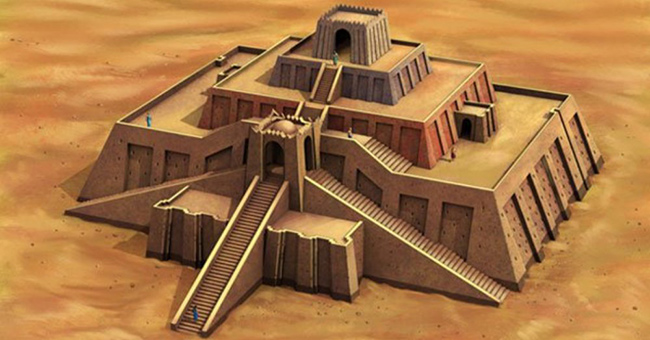The Power and Rule of Ancient Mesopotamia
Ancient Mesopotamia, located in what is now Iraq and parts of Syria, is recognized as one of the earliest cradles of human civilization. The term “Mesopotamia” literally means “the land between rivers,” referring to the fertile plain between the Tigris and Euphrates rivers. The richness of the soil encouraged permanent settlements as early as 6000 BCE. Mesopotamian history is mainly defined by its political power, empire-building, social structure, and military strength. It served as the center for various city-states and later, vast empires.
The earliest city-states in Mesopotamia included Ur, Uruk, Larsa, and Kish, established between 4000 and 3000 BCE. Each city functioned as an independent political and social entity. Power was primarily held by a king, or lugal, who also acted as a religious leader. Through worship and divine sanction, kings exercised authority over the population. The strength of these city-states relied heavily on agriculture, water management, and military capabilities. Cities like Ur and Uruk protected themselves with fortified walls and organized water systems.
Mesopotamian political history can be divided into two main phases: the city-state period and the imperial period. During the city-state era, cities operated independently and frequently waged wars over agricultural land, water resources, and trade routes. Their armies were skilled in the use of chariots and weapons, with the forces of Uruk and Larsa noted for their military strategies.
Around 2400–2300 BCE, the Akkadian Empire introduced a new era of centralized power. Sargon the Great established the Akkadian Empire, uniting all Mesopotamian city-states under a single rule. The empire demonstrated strength not only militarily but also administratively. The Akkadians created a centralized governance system where the king held supreme authority, while local administrators managed individual cities.
Another key aspect of Mesopotamian power was its economy. The fertile river valley was ideal for agriculture. By regulating river floods and constructing canals, they produced abundant crops such as wheat, barley, and dates. Agricultural surplus strengthened the king and the city-state, supporting armies, laborers, and bureaucracies.
Mesopotamian society was highly structured, typically divided into four main classes: the royal family, religious leaders, common citizens (farmers and artisans), and slaves. The royal family and religious leaders were central to political and spiritual authority. Religion was a crucial tool for legitimizing power, with temples like ziggurats symbolizing the unity of state and faith.
Cultural development also reinforced Mesopotamia’s strength. Writing, law, and education advanced the empire. By 3100 BCE, cuneiform script was invented, facilitating administration, trade, and religious practices. Hammurabi’s Code (c. 1754 BCE) exemplifies the use of law to enforce central authority.
Military strategy and disciplined governance further solidified Mesopotamian power. Following the Akkadian Empire, the Neo-Sumerian Empire (c. 2200–2100 BCE) and later the Neo-Assyrian Empire (c. 800–700 BCE) unified much of Mesopotamia. The Neo-Assyrians were particularly powerful due to their organized army, advanced weaponry, and efficient administration, employing strict hierarchies under kings and generals.
Trade and diplomacy were also central to Mesopotamian power. They maintained trade networks across the ancient world, obtaining silver, gold, timber, and copper through desert, river, and maritime routes. Economic strength supported both governance and military campaigns.
The decline of Mesopotamian power was marked by the rise of external empires. By 600 BCE, the Neo-Babylonian Empire and later the Persian conquests reshaped Mesopotamia’s political landscape. While the independence of city-states and empires faded, Mesopotamia’s cultural and administrative legacies continued to influence other civilizations in the Middle East.
In summary, the power and rule of ancient Mesopotamia rested on four main pillars: political authority and centralization, agricultural and economic strength, cultural and religious legitimacy, and military and strategic capabilities. Together, these elements established Mesopotamia as one of the most powerful and influential civilizations of the ancient world.
Mesopotamia’s rule was influential not only politically but also socially, culturally, and economically. Its governance, legal systems, religious structures, and military organization shaped subsequent civilizations. Historians regard Mesopotamia not only as the birthplace of civilization but also as a model of power and governance, providing enduring lessons in statecraft and authority.
Sources
Wikipedia – Mesopotamia
World History Encyclopedia – Mesopotamian Government
Khan Academy – Ancient Mesopotamian Civilizations
Oracc – Mesopotamian History

